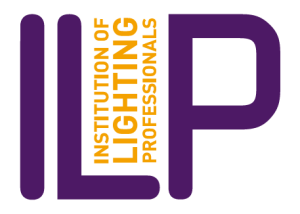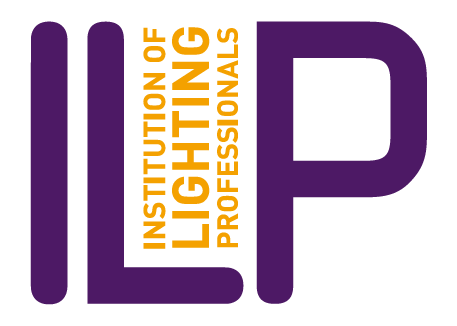The driving public isn’t imagining it – there is evidence that modern car headlights are brighter than they used to be, and LED and whiter headlamps may be linked to increased glare, a major study has concluded.
The study, by consultancy TRL and commissioned by the Department for Transport, has concluded that the driving public does perceive glare from vehicle headlamps to be an important and widespread issue when driving at night.
Drivers, in particular, have reported problems with specific headlamp technologies such as LEDs, and in particular situations, such as when facing larger vehicles.
Worryingly, more than half of drivers reported either having stopped or reduced driving at night (or would if they could) because of headlamp glare.
The research project was split into two parts. First, a survey was undertaken with 1,850 UK drivers matched to the age and gender split of the licence-holding population. These drivers answered questions about their own experiences of glare when driving.
Second, an instrumented trial car (a left-hand drive) was used to collect data from the usual driver eye position while driving at night.
Variables measured included levels of luminance, location, other vehicles in the scene (through number plate recognition), the pitch and roll of the trial car and subjective reports of glare from an observer present in the trial car.
This data were then analysed using a machine-learning algorithm to uncover patterns and establish which variables were associated with high levels of maximum luminance in the scene and reported glare from the observer.
Older drivers in particular were found to be more sensitive to glare, because of their ageing eyes. But the research also found women drivers were more likely to report being affected than men, something that will need further research, the research team concluded.
Analysis of the data from the instrumented car revealed that reported glare was associated with high levels of luminance in the scene, with particular locations and with particular positions (pitch and roll) of the trial vehicle.
“Specific vehicle types in the scene were also associated with the observer reporting glare, although these findings can only be treated as indicative due to limitations in the vehicle information collected,” the research team argued.
“High levels of luminance in the scene were associated with location and pitch and roll; vehicles in the scene had a much smaller association with luminance than they did with reported glare.
“The study demonstrates that glare from vehicle lighting can be studied using an instrumented car, and several considerations for further activities are made. These include public awareness campaigns on glare, further research to understand the problem in more detail and potential changes to regulations,” the team concluded.
The report’s publication has come as the issue is gaining increasing political prominence, with a discussion at the end of October taking place in Westminster Hall to consider the potential merits of new standard for vehicle headlight glare.
According to the BBC, too, the Department for Transport intends to launch a new assessment of the causes and remedies of headlight glare as part of its upcoming Road Safety Strategy.
The BBC said the government plans to commission new research into the role of vehicle design in causing glare, and possible solutions, which will feed into international discussion of the issue.
A separate survey by the RAC, meanwhile, has concluded that more than a third of drivers are nervous about getting behind the wheel as the evenings get darker. Three quarters of respondents said driving was getting more difficult because of brighter lights.
Image: Pexels



